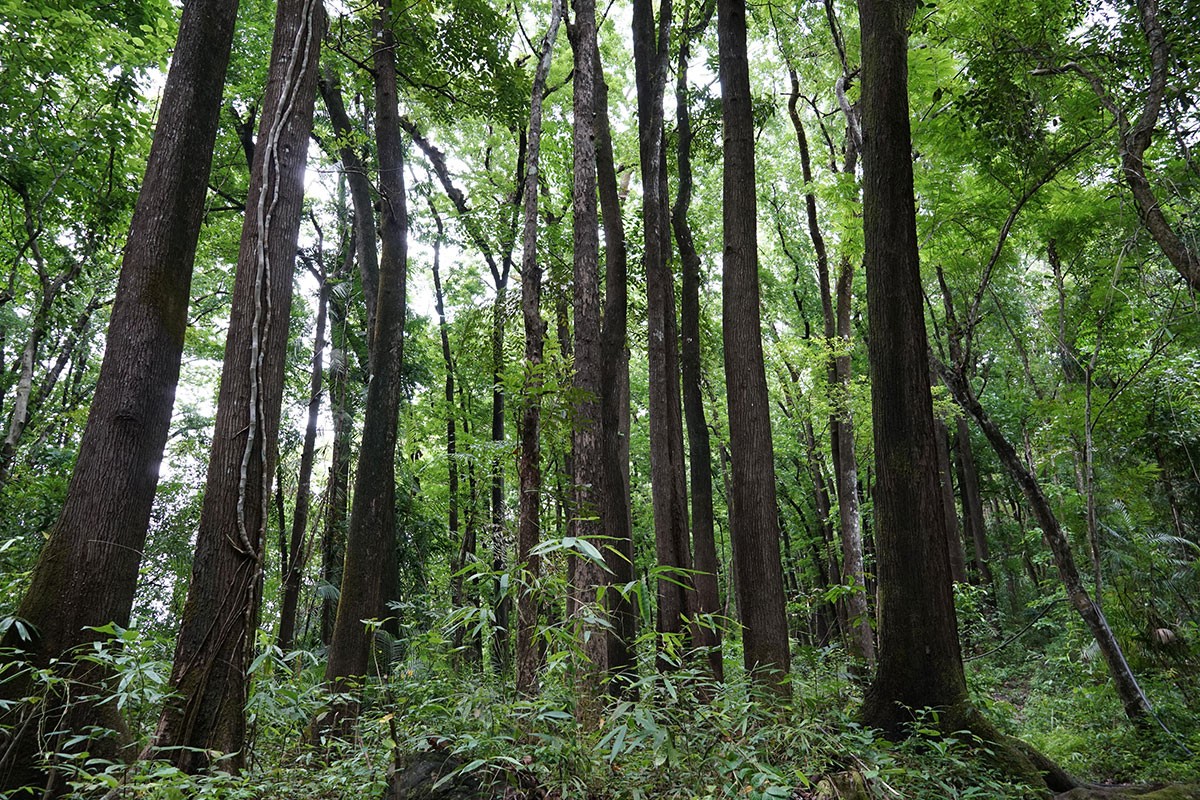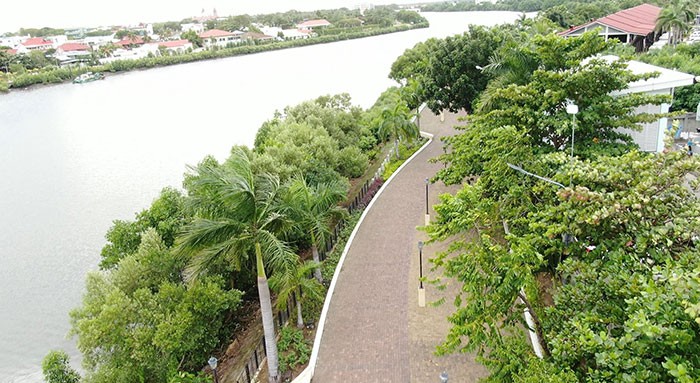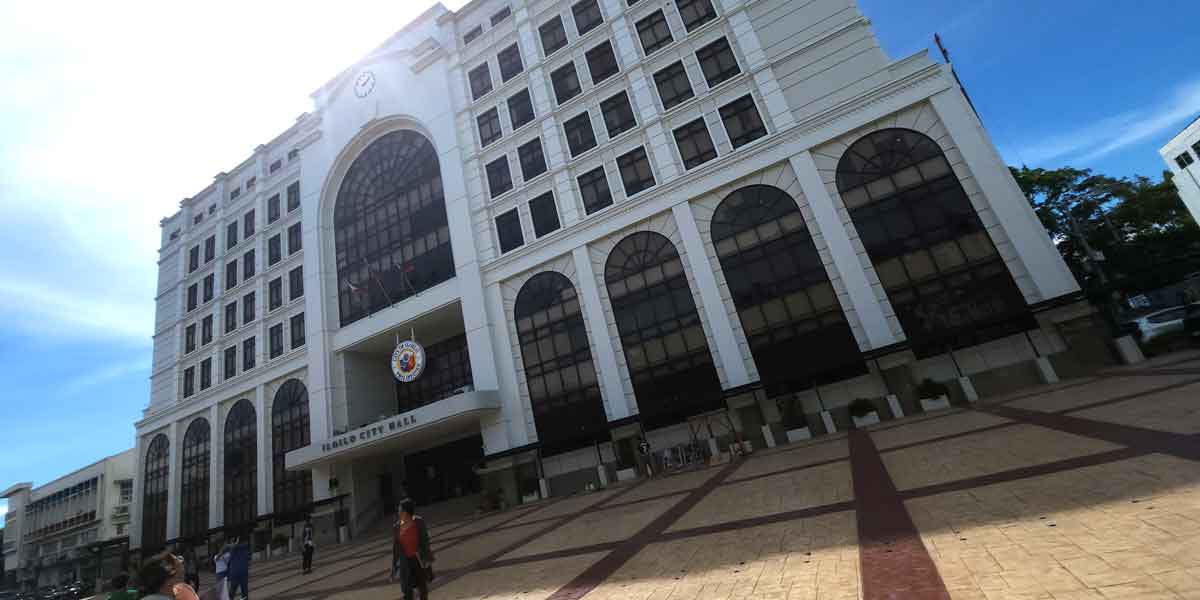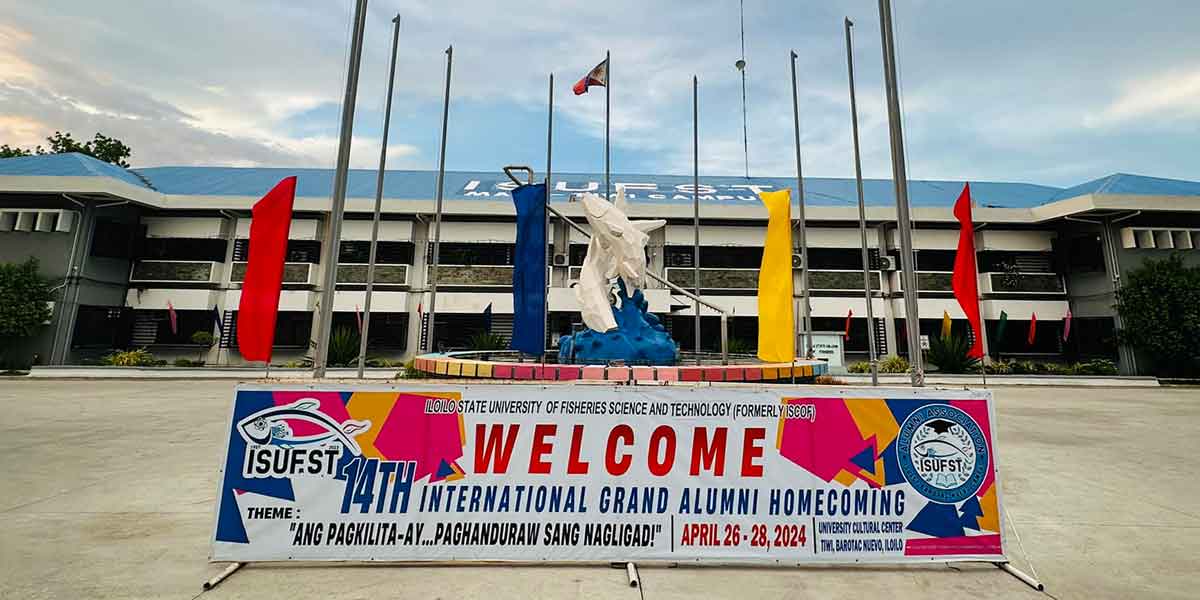
“We often forget that we are nature. Nature is not something separate from us. So when we say that we have lost our connection to nature, we have lost our connection to ourselves,” said Andy Goldsworthy, a British sculptor, photographer and environmentalist.
Many of us could not agree more with this statement. For those of us who are living in the concrete jungle filled with noise pollution, we always dream of having an escape.
And the best escape? Nature!
Nature has its own music – birds chirping, leaves rustling and waters flowing. It has its own art – sunset and sunrise views, blue skies, the landscapes of green mountains and of streams, rivers, lakes and oceans. The most relaxing music and fascinating views a person living in the city could only wish for.
While we are still adapting to the new normal, the Department of Environment and Natural Resources–Biodiversity and Management Bureau (DENR-EMB) made use of the online platform to celebrate the four big events on February 2, 2021 via Zoom meeting – World Wetlands Day (WWD) 2021 with the theme: Wetlands and Water; the 50th Anniversary of the Ramsar Convention; the launching of the International Year of Cave and Karst Program; and the launching of Urban Forest Bathing, which is the practice derived from the famous Japanese of forest bathing.

To carry out the plan of setting up forest bathing sites in the country, which would also help protect and maintain forests in urban areas, the DENR-BMB collaborateded with the Philippine Association of Landscape Architects (PALA), the Philippine Institute of Environmental Planners (PIEP) and the Philippine Tropical Forest Conservation Foundation (PTFCF) and signed a Memorandum of Understanding (MOU).
“I firmly believe that forest bathing can also be a hit in the Philippines as long as we protect and conserve our forests, especially our protected areas and our wetlands,” DENR Secretary Roy A. Cimatu said.
“The Urban Forest Bathing Project will not only help the environment, as more trees and land spaces will be used for this if deemed successful, but it will also help the people nourish their mental and emotional well-being,” Secretary Cimatu said, adding that it’s “a win-win for both environment and the people.”
Under the MOU, the BMB shall lead the implementation of the project with concerned DENR regional and field offices and their respective local government units (LGUs), issue policy recommendations and guidelines on its establishment, and assist in the formulation of the detailed Site Development Plan of each area identifiedd for urban forest bathing,
“Here in Iloilo City, a highly urbanized city in Western Visayas, we still enjoy refreshing air from the rich mangroves at Iloilo River Esplanade and other urban parks/plazas within the city. It is one of the most important areas to many Ilonggos living here and also to visitors, not just because of the beautiful sight, but especially because of the fresh, cool air and the variety of colors one enjoys while jogging or breeze walking,” said DENR 6 Regional Executive Director Francisco E. Milla, Jr.
“In this way, nature is a gift, where we could always go back to and reconnect with ourselves for peace and calm,” he added.
Shinrin-yoku, or forest bathing was developed in Japan in the 1980s as a means to connect with the environment through the five senses. Forest bathing is a practice with the core objective of connecting people to nature by walking inside the forest, lying or sitting under the trees and feeling the sun rays to enjoy the benefits they bring to one’s physical and mental well-being.
Japanese studies on forest bathing have shown that the activity improves sleep quality, mood, ability to focus, reduces stress levels, frees up your creativity, boosts your immune system, reduces high blood pressure and even accelerates your recovery from illness.
The trees and plants in the forest emit substances called phytoncides, which have antibacterial and antifungal qualities which help plants fight disease. When people breathe in these chemicals, it increases the number and activity of the white blood cell in the body and kills tumor- and virus infected cells in our bodies.
So, are you tired and needing an escape? Nature is waiting – it’s where you can go back to and get a healing. (DENR-6)

























